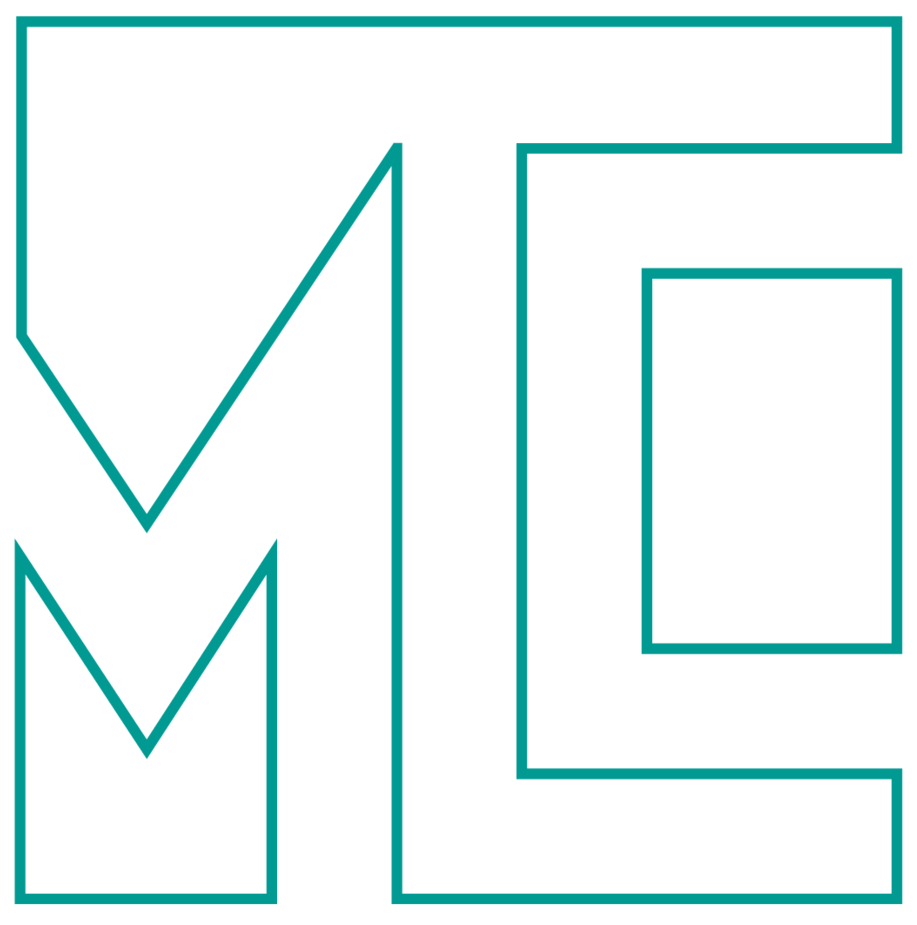Behind the Scenes: Finding a Designer
People often ask me: What is the design process? How do we get from an idea to a permit-approved set of plans? The answer varies depending on the project’s location, size, and type. But there are few common denominators. Enter… drum roll please!…
Behind the Scenes! A series of posts to help you understand what I’m doing back here. You know, behind the scenes.
Finding a Designer
If you have a building project in mind, finding an Architect or Home Designer is a great place to start.
BUT, finding a Builder, Interior Designer or Project Manager is also a great place to start. This article should really be called: “Behind the Scenes: Finding an Architect, Builder, Interior Designer, or Project Manager”… but that seemed too long to fit in your email inbox so just keep it in mind.
1. Ask friends.
Have friends done projects of a similar size and type? Ask around for recommendations. Word-of-mouth is one of the quickest, cheapest ways to find a trustworthy Architect or building professional.
2. Get online.
Check on your friends’ recommendations. Look through the company’s websites. Check out their Yelp reviews, Google reviews, and/or Facebook reviews.
You can also find Architects or building professionals on websites such as Houzz, Home Advisor, and Angie’s List. A lot of those listings are paid advertisements but you can find some fantastic deals. In fact, for the first 6 months of my business I relied heavily on paid leads from Home Advisor and referrals from my dad, the land surveyor.
But remember, and it’s hard to say this humbly, I am a very capable designer and business person. Not everyone on those websites will be good enough for you. When interviewing a “stranger” for your project, it’s extra important to call multiple references (Step #4) and ask for proof of insurance (Step #5).
3. Setup interviews on site (your house).
Most companies offer a free initial consultation. (I usually do remote consultations unless the project is right around the corner. Yay for video chats!) It’s important that the Architect or building professional see the “before” whether this happens in person or through photos. They’ll know almost immediately if they’re a good fit for the job.
Be prepared with a list of questions. There are lists all over the internet: “questions to ask an Architect or Contractor”. Here’s a great one from Houzz: 11 Questions to Ask An Architect or Building Designer.
Oh and stay safe. You’re smart so I don’t have to list all the rules about inviting a stranger into your home.
4. Call references.
This person will be a big part of your life for 6 months, a year, sometimes longer. They’ll have some control over your money and they’ll know every detail of your personal space. You need to trust them. Unfortunately, there are many companies who take advantage of their clients or have dreadful business management practices. Some are just terrible people.
Call at least two references, even if you got the lead from a friend. You never know what you’ll find out.
5. Insurance & Stuff
You’re investing a lot of time and money into this project, make sure you’re protected. As an Architect, I carry General Liability insurance and Professional Liability insurance. A Builder’s insurance should be more extensive. Angie’s List wrote an article about it: What Paperwork Should My Contractor Provide?
If you really want to cover your ass (that’s lawyer speak), it’s a good idea to ask the contractor AND subcontractors to sign a lien waiver form EVERY TIME you pay them. I know, it’s a lot of CAPS, but this is important.
Also, remember to let your building insurer know about the project (if you’re a homeowner, talk to your homeowner’s insurer). And if you’re extra nervous, you can take out separate construction insurance.
6. Get an estimate.
I rarely offer fixed fee pricing. Usually I work hourly and will give you an estimate before we begin. (Fixed fee means I have to significantly pad my number in case you or your project happen to be a pain in the tail. I don’t think that’s fair to my kickass clients who take on some of the design process themselves, so I charge hourly.)
Getting a quote from your building professional for their services or the cost of construction will help you figure out if you’re a good fit for each other.
That being said, trusting your gut (Step #6) is more important than the building professional’s price. A sneaky Architect or Builder will underbid the project and then charge you up the wazoo for changes during the process. It’s no bueno.
6. Trust your gut.
Again, you need to trust this person. They should be your guide, your advocate, the person keeping you informed when others want to keep you in the dark.
I’m a big proponent of gut feelings. If the building professional makes you feel uncomfortable, move on. If they are calm, comforting, and make you feel excited about the project, go with it. Be sure to double check yourself (steps #3-#5) and then hire them!
7. Sign Something
Before you get into the fun part, make sure you sign an agreement with your Architect or building professional. If they’re on the ball, they’ll ask you to sign something and pay a deposit before they begin work.
You should read through the entire agreement and/or run it by your lawyer. Don’t be afraid to ask for clarification or changes.
Choosing the right designer is exhausting and time-consuming but worth it.
If you’re feeling stuck, I can help you get started laying the ground work for a successful project.

